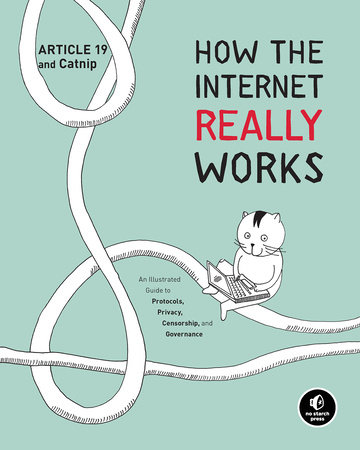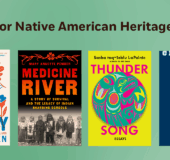Hi! I’m Catnip.
I’ve written a guide to how the internet works for my fellow cats, I mean people, who use technology, which is most of us. It‘s for those of us who are curious about basic internet infrastructure and how it operates. I‘ve taken these basic concepts and presented them with concise, clear text alongside playful illustrations.
The guide answers questions like these:
How does the internet work?
What enables information to travel across the internet?
What interferes with information traveling across the internet?
What information is shared about users when accessing the internet?
What control do machines have?
Who controls the internet?
How is power over the decentralized internet distributed?
The chapters are broken down into questions about larger technological concepts such as transport protocols, security and privacy, algorithms and internet infrastructure governance. The guide progresses from the most fundamental concepts of how the internet works to the more complex concepts, so while each chapter is self-contained, reading from the beginning will ensure that your conceptual construction is built on foundational knowledge.
The guide ends with a chapter on how to shape the internet as an important stakeholder: the user. It is critical to expand participation in internet governance and standards setting to currently underrepresented populations in technology. Furthermore, those who approach the development and use of technology in the public interest have a key role to play in ensuring that the internet, at a structural level, becomes a medium that enables social justice and human rights.
The information contained in this guide is best seen as supplementary to a practice, such as in a workshop or course, or for internet policy practitioners whose work can be strengthened with technical backing, for just two examples.
You can reach out to us with your interest or questions on all of the above on https://catnip.article19.org!
Copyright © 2020 by Ulrike Uhlig and Mallory Knodel. All rights reserved. No part of this excerpt may be reproduced or reprinted without permission in writing from the publisher.






